Pocahontas Canadian Lilac
$39.50 Original price was: $39.50.$27.65Current price is: $27.65.
- Free Shipping over $25
- Fast & reliable delivery options
- Enjoy top quality items for less
- Multiple safe payment methods

When looking for cold-hardy plants, it makes sense to look north, to Canada, where gardeners have become skilled in finding or creating plants able to take the coldest temperatures. They have turned their attention to lilacs, an always popular cold-climate shrub, and given us the Canadian lilacs, a hybrid group that without doubt contains the most cold-hardy lilacs in the world. Outstanding among them is the Pocahontas Canadian Lilac, a gorgeous large shrub that is hardy even in zone 2 and is reliably festooned with deep purple blossoms every spring.
Growing Pocahontas Canadian Lilac Shrubs
The Pocahontas Canadian Lilac grows steadily into a large shrub, reaching 10 to 12 feet in height, with a rounded form that spreads up to 10 feet across. The smooth leaves emerge in spring with an attractive bronzy hue, turning mid-green later. They are heart-shaped, and 3 or 4 inches long, with a tapering tip. In fall they turn lovely shades of bronze to purple-red, making this shrub valuable for fall color as well as for its blooms. The blooms are spectacular, and the plant is covered in flowers shortly after the leaves emerge, staying beautiful for a whole month. The individual flowers are small, each one a four-pointed star on top of a narrow tube. When massed in their hundreds in a large, fat flower spike 5 inches long, they make a wonderful showing. They are deep purple, with a maroon-red toning, making a wonderful show in your garden. Like the common lilac, they release that powerful and classic lilac fragrance that drifts through windows, and that will fill your garden with the scent of spring. The flower spikes are more open and relaxed than the dense spikes of the common lilac, giving this plant a lovely casual and natural look. This plant blooms seven to ten days earlier than the common lilac, so growing it will extend the lilac season in your garden by over a week – another good reason to grow this plant wherever you can.
Planting Location
The Pocahontas Canadian Lilac is a wonderful choice for planting at the back of your shrub beds. It will make a lovely show in spring, and then later the other shrubs will take over, leaving the lilac as a calm background. Planted as a lawn specimen it is simply gorgeous and easy to care for. Grow in at the angle of two walls, or in the corners of your yard. Plant it beside an entrance, to enjoy its rich color and fragrance as you come and go. For an informal screen it is lovely, billowing in the breeze, blocking unsightly views, giving privacy – and of course blooming profusely.
The Pocahontas Canadian Lilac is incredibly hardy. It grows and blooms well in zones 2 and 3, where the choices of shrubs are limited, making it invaluable if you garden in those areas. It is so beautiful, and the early-blooming is such an asset, that you will want to grow in warmer areas too, and it’s perfectly reliable in warmer zones up to and including zone 7. In warmer zones than that, it will still grow, but the winters are usually not cold enough to keep it blooming reliably. Plant it in full sun for the best blooming, but it will also tolerate a little partial shade. Soil is never a problem, as this tough plant grows well in any soil that is well-drained. Sand or clay, including poor urban soils, and even on waste ground are tolerated well, and this is a reliable plant for easy gardening – and don’t we all want that? When it comes to pests and diseases, these are rarely problems. In fact, the Canadian lilacs do not normally suffer from the powdery mildew that other lilacs commonly suffer. Although not harmful, this disease does make the leaves look dusty and tired in summer, but this won’t happen with the Pocahontas Canadian Lilac.
The only care needed is to remove the spent flower heads within a week of the blooms fading, and some simple pruning in spring. Removing the flower heads after they have bloomed means that the plant can put its energy into flowers for next year, not seeds, and doing this keeps your bush blooming reliably every year. In early spring, or preferably just after flowering, remove up to one-third of the oldest branches at the base of the plant. This will keep it bushy and dense, and more compact too. Avoid trimming with shears, and don’t try to make a neat hedge with the Pocahontas Canadian Lilac, as this will seriously reduce flowering, and that would be a great loss.
History and Origins of Pocahontas Canadian Lilac Shrubs
The Pocahontas Canadian Lilac is a vigorous hybrid plant, created by the Canadian plant breeder Frank Skinner, at his Hardy Plant Nursery in Dropmore, Manitoba. In the late 1920s he crossed the common lilac, Syringa vulgaris, with the Korean early lilac, Syringa oblata subsp. dilatata. This is the Korean form of an early-blooming lilac (Syringa oblata) which grows across China. He produced several valuable plants from the seedlings he grew, but the one he called ‘Pocahontas’ is truly a winner, and a fabulous garden shrub for every garden in all the areas it can be grown. The plant was officially released in 1935, and it has stood the test of time. It has been awarded the prestigious Award of Garden Merit by the Royal Horticultural Society of Great Britain, so you know it is a top pick. Gardeners in cold areas in particular come to us for their shrubs, so our stock will soon be gone. Order now and enjoy a beautiful lilac that is both early and hardy.
Be the first to review “Pocahontas Canadian Lilac” Cancel reply
Related products
Lilacs
Hydrangeas
Ornamental Grasses
Butterfly Bush
Hibiscus
Butterfly Bush
Rhododendron
Butterfly Bush


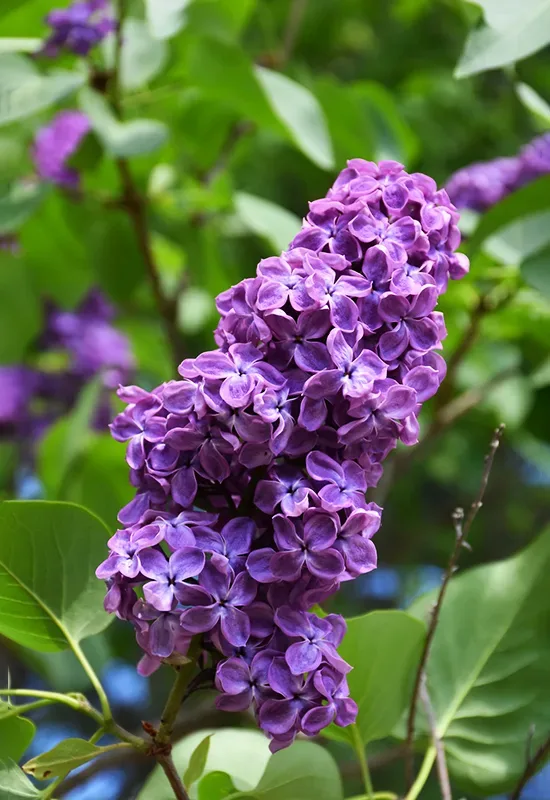






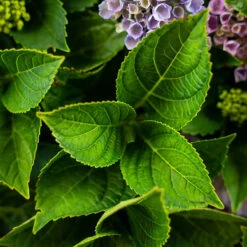






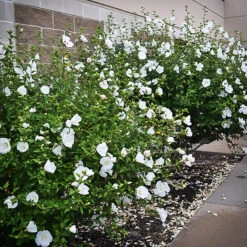


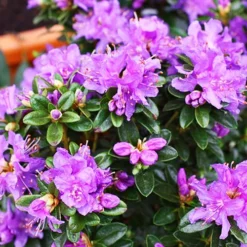
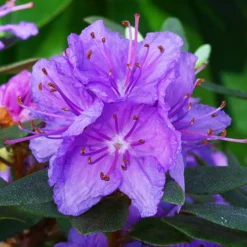


Reviews
There are no reviews yet.